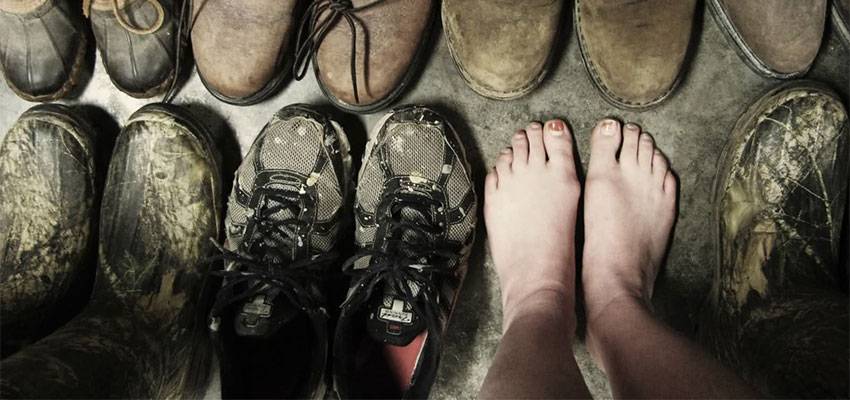
Your Shoes Might Be Worn Out: When to Replace Your Footwear
Many people don’t replace their footwear in the proper amount of time. Just because your shoes aren’t showing immediate signs of wear and tear, that doesn’t mean they aren’t in need of replacing. There are many indicators that you’re about to learn that will help you know when it’s time for replacing.
In general, you should always buy new shoes every 8 months to a year. If you’re someone that walks a lot, you should replace your shoes within 500-700 km; although, there are a few brands that will withstand this distance and last a little bit longer.
One of the primary indicators that it may be a good time to replace your shoes is when they’re a bit looser and not as supportive as they once were when you just purchased them. When the cushioning becomes a bit dull, this may be the first sign. Compression of the materials in the shoe are definite indicators, and they may not always show signs of physical wear.
While everyone’s feet are different, and the mechanics of the shoe may differ slightly because of this, a person who is harder on their feet will have to replace much sooner. Those who are flat-footed may see a new pair of shoes much quicker before the 8-month mark. Some other indicators that you may need to buy new shoes include:
Outsole wear
- If you look at the bottom of your shoe and your sole is worn down in any part, you’re more than likely due for a new pair.
- Sit or lay down on the ground and put your shoe on a flat surface. Is this shoe sitting evenly or tipping, rocking, or angling? If it’s the latter, it’s time to replace.
- Signs of normal wear include wear at the back of the feel and towards the ball of the foot, but this will generally be “even” looking. Over excessive wear on any area will give you a sign that it’s time for some new ones!
Midsole Compression
- There are many shoes with EVA foam in the cushion of the sole to act as the shock absorber. When this EVA begins to compress (which doesn’t take long), then you should consider replacing. Creases will more than likely be visible, and any “creaking” is a good indication of you needing new shoes
Interior and Upper Wear
- Now here comes the true physical indication test: if your shoes show any signs of unusual wear or indications that it needs to be replaced, then you should consider replacing your shoes
- Look towards the back of the shoe: heels that are super worn should be replaced as they may present physical harm to your feet
- Look at the level of the shoe on a flat surface – any distortion is a clear indication of you needing new footwear
If you’re still totally unsure, and you’ve used your shoes for over six months, then you should consider replacing. If you don’t, you run the risk of harming your feet and causing them unnecessary harm.
